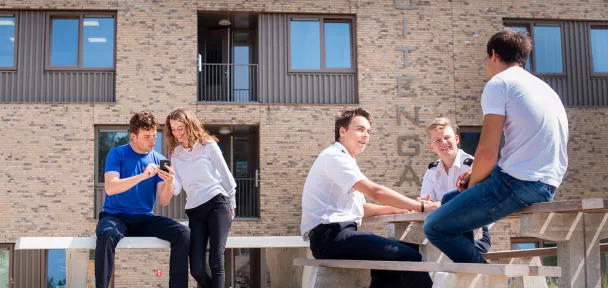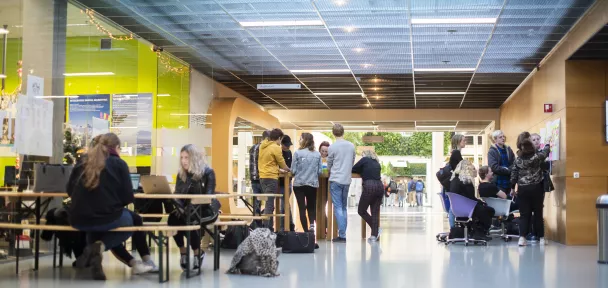
Non-linear process
“In the Concept & Production module for Creative Business, our assignment was to create concepts for media products, the best of which we then had to produce in the second part of the semester. Since my format was one of the chosen ones, let me tell you a bit about the process and the steps I took to develop the idea.
Using the five design thinking phases made it a lot easier for me to come up with creative ideas that met the needs of my target audience. I learned a lot about concept production and how to create meaningful content and I now know that the process is not that simple and not always linear: sometimes you have to go back and improve things, in order to succeed.”
Creative journey
“My creative journey started with the empathize phase. This was the audience research and the media scanning that I did at the beginning of the module to see what people are interested in and what the current trends and topics are. Knowing this meant I was able to better define what the interests and needs of my target audience were, and so create an innovative and entertaining media format for the platform Matters. The next stage, ideate, is the brainstorming phase and I came up with some 30 ideas for a format.
After generating all these ideas, it was time for some prototyping. For this, I created 3 flyers and 3 media analyses that detailed my formats and defined the unique selling points of my concepts by putting the media analysis theory into practice. After creating the prototypes, I had them tested by pitching them to my groupmates and lecturers. They liked them a lot and picked one of my ideas for further realization -- we used another cycle of design-based education to execute it!”
Problem-solving made easy
“Basically, Design Thinking is a very useful method to follow and makes the working process and the problem-solving easier and more interesting. It helps you develop creative and innovative ideas, while prioritizing the clients’ needs. And that’s what makes a solution successful, isn’t it?”





